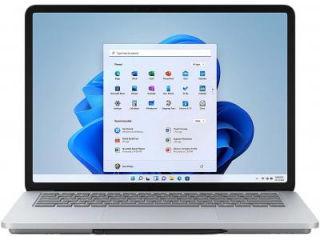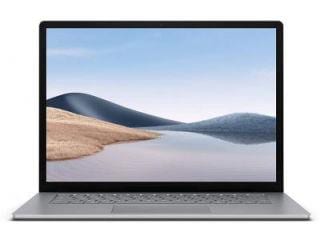Slap cyber fraud away this way- Microsoft Defender to Authenticator, 5 features you can use
Want to know how to stop cyber fraud? Microsoft users can protect themselves from cyber fraud with the help of some Microsoft features like Microsoft Authenticator, Microsoft Defender for Cloud, among others.

With the help of the internet you can search for anything you want, do lots of work sitting just at your home. From paying bills to depositing money to ordering food, among others, everything can be done online. But with people going online for almost all the basic things, the chances of encountering a terrifying cyber fraud event has also increased. Cybercrime is financially disruptive and causes huge losses and operational impact to individuals and businesses. The spurt in cybercrime has made it very important for individuals to know how to stay safe online. If you are a Microsoft user and want to protect yourself from cyber frauds, here are five Microsoft features you can use to protect yourself:
1. Expand your security with Multi-Factor Authentication: Multi-factor authentication (MFA) adds an extra layer of security to your Microsoft account. It's sometimes also called two-step verification or two-factor authentication (2FA). This additional security measure can be on your smartphone that would be unavailable to someone who gained access to your Microsoft Office 365 account. So, when you log-in to your Microsoft account, apart from your primary password, you will also have to put in the security number that you may receive on your smartphone. Also Read: Netflix confirms date to stop free password sharing?
2. Go passwordless with Microsoft Authenticator: End-users no longer need to create, store, or remember passwords. Microsoft allows you to sign into Microsoft accounts with the Microsoft Authenticator app, Windows Hello, a security key, or a text message/email verification code instead of a password.
3. Secure all devices across organization with Microsoft Defender for Endpoint: Microsoft offers an enterprise-grade endpoint security platform that detects, investigates, and prevents advanced threats. It helps enterprises respond to threats quickly by employing several technologies built into Microsoft Azure and Windows 10. It collects threat signals directly from the Windows 10 operating system and isolates them. It also uses AI to learn about these threats and translate it into detections, insights, and recommended responses to threats. Also Read: iPhone 14 Pro models to go bigger and better than iPhone 13 Pro? Check big step
4. Protect your Identity and Access Management with Azure Active Directory: You can secure access to your resources with Azure identity and access management solutions. It will help you defend against malicious login attempts and safeguard credentials with risk-based access controls, identity protection tools and strong authentication options—without disrupting productivity.
5. Beef up Cloud Security with Microsoft Defender for Cloud: Microsoft Defender for Cloud is a solution for cloud security management and cloud workload protection that finds weak spots across your cloud systems. It helps in strengthening the overall security of your environment and can protect dynamic and complex workloads across multi-cloud and hybrid environments from evolving threats.
Catch all the Latest Tech News, Mobile News, Laptop News, Gaming news, Wearables News , How To News, also keep up with us on Whatsapp channel,Twitter, Facebook, Google News, and Instagram. For our latest videos, subscribe to our YouTube channel.































